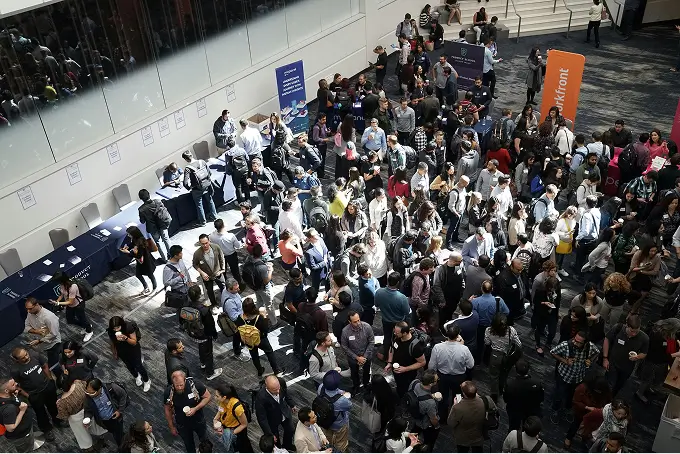Battery second life
Prolonging the lifespan of batteries through second life applications is a promising strategy to lower CO2 emissions. The battery second life ecosystem is manifold with diverse stakeholders including automotive OEMs, integrators, battery energy storage system (BESS) operators, insurance providers, battery cell manufacturers, recycling experts, and (technology) service providers. Among these, companies like TWAICE play a pivotal role by providing crucial analytics that guide the decision-making process in battery repurposing and reuse.
.avif)
Unlocking the Potential of Battery Second Life: An Ecosystem Approach
.jpeg)
Introduction
Batteries stand at the forefront of the green energy transition, powering everything from electric vehicles (EVs) to renewable energy storage systems. However, the production of batteries is not devoid of environmental impact, notably CO2 emissions. Prolonging the lifespan of batteries through second life applications is a promising strategy to lower these impacts, fostering sustainability and sparking innovative business models. The battery second life ecosystem is manifold with diverse stakeholders including automotive OEMs, integrators, battery energy storage system (BESS) operators, insurance providers, battery cell manufacturers, recycling experts, and (technology) service providers. Among these, companies like TWAICE play a pivotal role by providing crucial analytics that guide the decision-making process in battery repurposing and reuse.
Second Life of Batteries
When electric vehicle batteries diminish to 70-80% of their original capacity, they usually reach the end of their intended use in vehicles but still hold substantial potential for second life applications. This process not only defers the environmental costs of producing new batteries but also maximizes resource utilization and minimizes the ecological footprint of lithium-ion batteries over the long term.
There are mainly three approaches to a battery second life:
Remanufacturing: Batteries are tested, disassembled, repaired, and rebuilt to meet original specifications. This process often salvages only parts of the original battery due to varying degrees of degradation.
Repurposing: Batteries are adapted for other applications such as stationary energy storage or powering non-automotive vehicles. This involves analyses and modification to fit new operational contexts.
Reusing: Batteries or their components are directly reused for their original purpose, defined by Waste Directive, Article 3(13) referenced in the EU Battery Regulation, Article 3, 2(a), as any operation by which batteries or components that are not waste are used again for the same purpose for which they were conceived.
The effectiveness of these approaches hinges on accurately assessing a battery's state of health (SoH) and remaining useful life (RuL). Parameters such as voltage, capacity, and internal resistance are scrutinized to ensure that the batteries can fulfill the requirements of their new roles. Advanced analytics platforms, like those provided by TWAICE, are crucial in navigating these complexities by offering predictive insights into battery performance and longevity.
The Second Life Ecosystem
The ecosystem for battery second life is a network of cooperation and data exchange among various actors, facilitated by technological innovations like the TWAICE Battery Analytics Platform.
TWAICE's Impact Across the Ecosystem
- Automotive OEMs: Utilize the platform to determine the residual value of batteries, tailoring second life uses based on predicted performance and durability.
- Insurance Companies: Gain data-driven insights into battery health, which allows for more accurate risk assessment and policy pricing.
- Fleet Operators: Use analytics to optimize battery usage and plan efficient replacement cycles, enhancing operational reliability.
- 2nd Life BESS Operators: Leverage detailed health reports and In-Life monitoring to maximize the efficiency and lifespan of repurposed batteries in energy storage applications.
Furthermore, from 2027 onwards, economic operators of certain battery types will be obliged to issue a standardized battery passport (as required by the EU Battery Regulation). The Battery Pass Consortium is a governmentally funded project where TWAICE is an active member of. The research project aims to facilitate data sharing, improve traceability, and facilitate better collaboration among stakeholders within this ecosystem. This battery pass will ensure that all necessary data about a battery's lifecycle such as CO2-footprint, performance & durability metrics and other information are easily accessible, promoting transparency and trust in second life applications.
Conclusion
The area of battery second life offers both potential for creating new business models and significantly reducing the environmental impact of batteries. Circularity and battery lifetime extension require collaboration between several actors within the battery second life ecosystem. Key to this endeavor is the transparency and availability of detailed battery data, which companies like TWAICE provide through their TWAICE Battery Analytics Platform. These technologies not only aid in making informed decisions about battery repurposing, remanufacturing or reusing, but also ensure the operation of second life batteries is efficient, secure, and sustainable. As the sector evolves, continued innovation and cooperation among all stakeholders will be essential to fully realize the potential of battery second life, making it a cornerstone of a more sustainable future.
Sign up for the next live group demo and learn how TWAICE can transform your BESS operations. In just 30 minutes, you’ll get a demo of key features and use cases, and engage with our product experts for a live Q&A.


.avif)
.avif)

.avif)